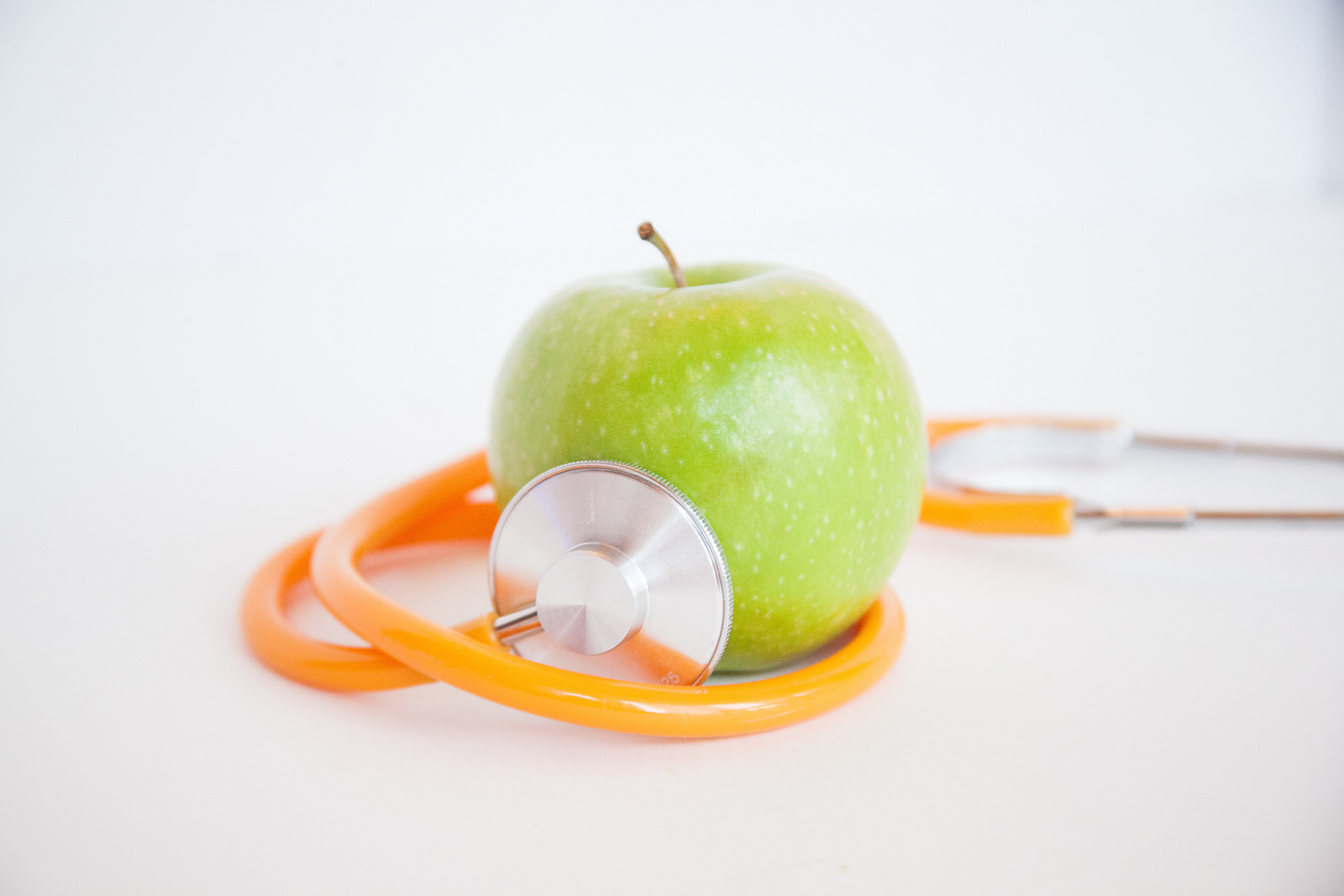A 2011 Consumer Report found that 9 out of 10 Americans consider their diet healthy.5 People have become accustomed to reading product labels, estimating portion sizes, fashioning colorful meals, and some may even have a grocery list stored on their phone. Yet many still find themselves eating too much or too little. How many nutrients are we really getting and what are they doing once they enter the body? Are we sufficiently addressing nutrition with patients?
It has been rumored that people lie about what they eat 100% of the time. Consequently, it’s likely that patients’ eating habits are holding them back from health. According to a recent poll1, fewer than one-eighth of physician visits include any nutrition counseling and fewer than 25% of physicians believe they have sufficient training to discuss diet or physical activity with their patients.
These statistics have created a demand at the national level for reform. A few recommendations from the American College of Sports Medicine and the Alliance for a Healthier Generation include developing a standard nutrition and physical activity curriculum for medical and health professional schools, increased testing on nutrition and exercise for licensing and certification exams, and better insurance reimbursement for preventive care.2 While this will be a long-term shift, these are important strides in a beneficial direction.
Because of the relative neglect of nutrition in medical education, physicians tend to either ignore the subject or offer limited advice. For example, gastroenterologists may focus solely on fiber content, while nephrologists may focus on sodium intake.
“As long as the healthcare marketplace undervalues preventive care, health care professionals will lack financial support to address these issues with their patients and medical schools will have less incentive to train their students accordingly,” the report notes.1,2
Compared to the 20 hours devoted to nutrition in allopathic medical schools, Naturopathic medical students receive roughly 200 hours through courses such as nutritional biochemistry, science of diet and nutrition, and clinical nutrition. This uniquely positions naturopathic doctors as physicians who not only specialize in preventative healthcare and chronic disease management, but also lifestyle and nutrition counseling.
For those looking to delve more into their patient’s nutrition status, one simple place to start is using a diet questionnaire for evaluation at baseline and to track changes over the course of treatment. Furthermore, there are an increasing number of online nutrition education programs directed towards practicing physicians. An example of one such resource is The Nutrition Source.
Why nutrition matters:
As one of my professors says, “You can be lean and mean with the illusion of health, but inside you can have raging inflammation.” The foods we eat turn on or off certain pathways and subsequently cause the release of chemical mediators. Over time this process lays the foundation for low-grade inflammation. Our enzymes convert dietary acids into prostaglandins, some of which create inflammation and pain. Therefore, based on these basic concepts, when we eat foods like sugar and flour that create these mediators, we are creating pain. Simply put: the food we eat changes our body chemistry. The more nutrients we can obtain through our food, the more building blocks are available to support the chemical reactions that take place in order for us to be alert and create energy. While drugs like Tylenol and NSAIDS can be necessary and may help to reduce diet-driven pain, they do not treat the underlying cause.
As a naturopathic student, I hope to educate and inspire other medical professionals to learn more about nutrition in order to deliver more optimal clinical care to patients. Continuing medical education should include topics in nutrition research and instruction on how to critically evaluate new evidence in the field of nutrition. Physicians are simply one element of the much larger system necessary to promote health and wellness through nutrition. By emphasizing the influential role of nutrition in medical training and practice, we can further our ability to reduce suffering in patients.
References:
- Alliance for a Healthier Generation; American College of Sports Medicine; Bipartisan Policy Center. Teaching nutrition and physical activity in medical school: training doctors for prevention oriented care [white paper]. June 2014.
- Bernstein, Lenny. “Your Doctor Says He Doesn’t Know Enough about Nutrition or Exercise.” Washington Post.
- Devries S, Dalen JE, Eisenberg DM, et al. A deficiency of nutrition education in medical training. Am J Med. 2014 Apr 19.
- Katz, M.D. David. “Why Holistic Nutrition Is the Best Approach.” The Huffington Post. TheHuffingtonPost.com, 1 Apr. 2011.
- Ward, Tricia, and Stephen Devries. “Doctors Need to Learn About Nutrition.” Medscape, 4 Sept. 2014.
- http://www.consumerreports.org/cro/diet-plans/buying-guide.htm
Featured image:
National Nutrition Month Book Display by The COM Library


